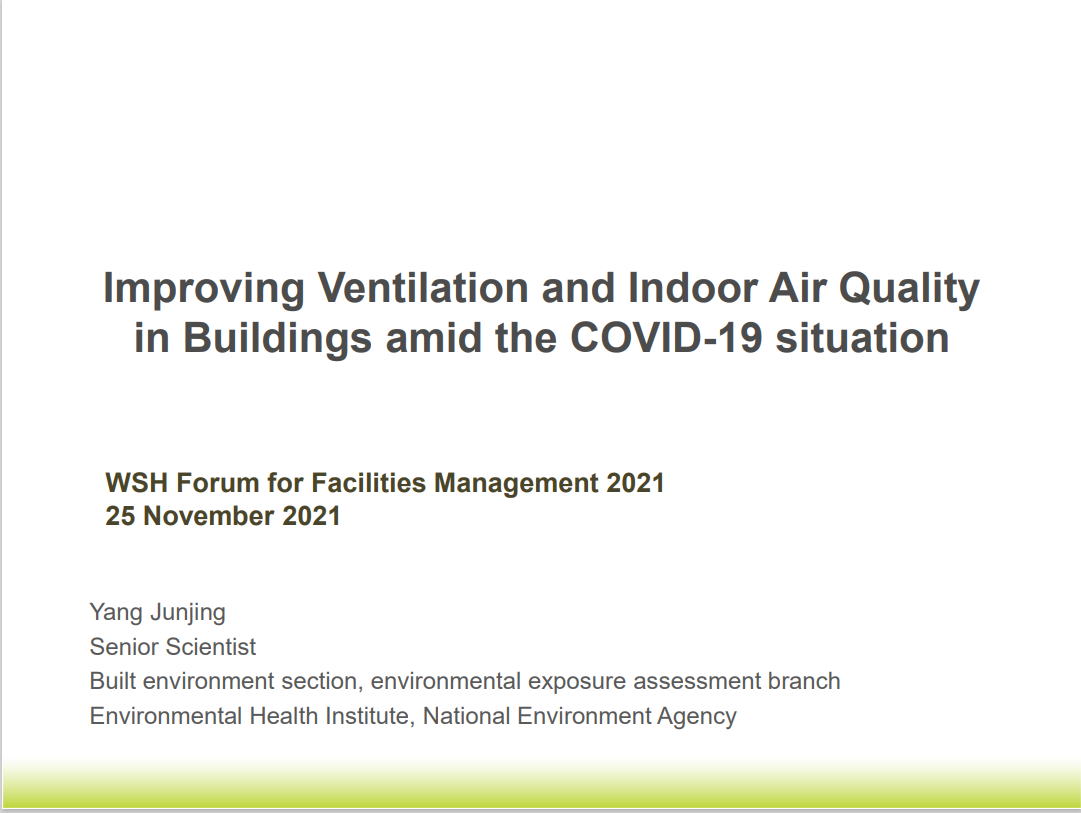Indoor Air Quality
Learn about the importance of good air quality in indoor environments.
Indoor Air Quality
We spend a substantial amount of time indoors such as working inside buildings and offices. Especially in indoor spaces where we rely heavily on air-conditioning, Indoor Air Quality (IAQ) becomes an area of important health concern. The potential for air contamination is increased by the use of carpets, rugs, laser printers and photocopiers in these tightly sealed environments. The air quality is consequently affected by particulate matter, volatile organic compounds, mould and bacteria present.
Sick Building Syndrome
Poor air quality in indoor air-conditioned workplaces can result in health and comfort issues for occupants. Some acute health effects associated with poor IAQ include coughs, headaches and eye irritations. These health effects are connotatively referred to as sick building syndrome. This can lead to more sickness-absenteeism and affect work productivity.
Good air quality is hence important to ensure the health and wellbeing of all people in indoor environments.
IAQ Management
To achieve good IAQ in indoor work premises, a systematic approach can be established through the IAQ management programme. A typical programme sequence is illustrated in the following diagram:
Diagram: IAQ Management Framework Flowchart.
Refer to the WSH Guidelines on Management of Indoor Air Quality in Air-Conditioned Workplaces (PDF) for more practical guidance on managing the risks associated with poor IAQ in buildings and workplaces.
Industry Standards
As an employer or occupier, you should observe relevant industry standards, such as:
- SS 553: Code of Practice for air-conditioning and mechanical ventilation in buildings
- SS 554: Code of Practice for indoor air quality for air-conditioned buildings
- Code of Practice on WSH Risk Management
Please refer to the WSH (Approved Codes of Practice) Notification (PDF) for the full list of approved Codes of Practice.



